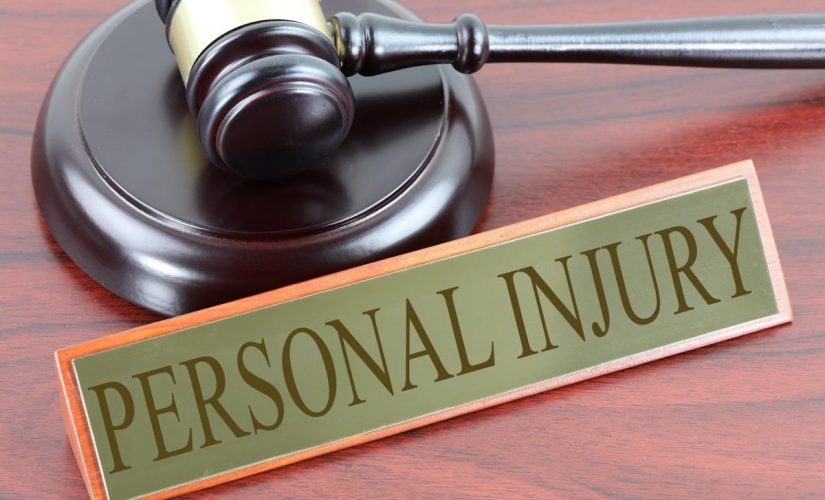Understanding the Dangers of Stroke Misdiagnosis
Stroke is a serious medical condition that requires immediate attention and accurate diagnosis. However, the reality is that stroke misdiagnosis is a common occurrence, leading to devastating consequences for patients. This article delves into the issue of stroke misdiagnosis, its implications, and ways to mitigate it.
The Prevalence of Stroke Misdiagnosis
According to a study published in the Journal of Stroke and Cerebrovascular Diseases, up to 9% of stroke patients are initially misdiagnosed. This misdiagnosis often leads to delayed treatment, which can result in severe disability or even death. The reasons for misdiagnosis are multifaceted, ranging from atypical symptoms to lack of awareness among healthcare professionals.
Consequences of Stroke Misdiagnosis
Stroke misdiagnosis can have severe implications. The most immediate consequence is the delay in receiving appropriate treatment. Stroke is a time-sensitive condition; the longer the delay in treatment, the higher the risk of severe disability or death. Additionally, misdiagnosis can lead to unnecessary treatments and tests, causing physical, emotional, and financial strain on the patient and their family.
Case Study: The Impact of Misdiagnosis
A case study published in the British Medical Journal highlights the devastating impact of stroke misdiagnosis. A 57-year-old woman was initially diagnosed with a migraine when she was actually suffering from a stroke. The delay in correct diagnosis and treatment resulted in her suffering from severe disability, significantly impacting her quality of life.
Reducing the Risk of Stroke Misdiagnosis
Reducing the risk of stroke misdiagnosis requires concerted efforts from both healthcare professionals and patients. Healthcare professionals need to be adequately trained to recognize the signs of stroke, even when they are atypical. Additionally, hospitals should have protocols in place to ensure that suspected stroke patients receive immediate attention.
- Patients, on the other hand, need to be aware of the signs of stroke and seek immediate medical attention if they suspect they are having a stroke. The most common signs of stroke include sudden numbness or weakness in the face, arm, or leg, especially on one side of the body; sudden confusion or trouble speaking; sudden trouble seeing in one or both eyes; sudden trouble walking or loss of balance; and sudden severe headache with no known cause.
Conclusion
Stroke misdiagnosis is a serious issue that can have devastating consequences. However, with increased awareness, proper training, and robust protocols, the risk of misdiagnosis can be significantly reduced. It is crucial for both healthcare professionals and patients to be vigilant and proactive in recognizing and responding to the signs of stroke.







